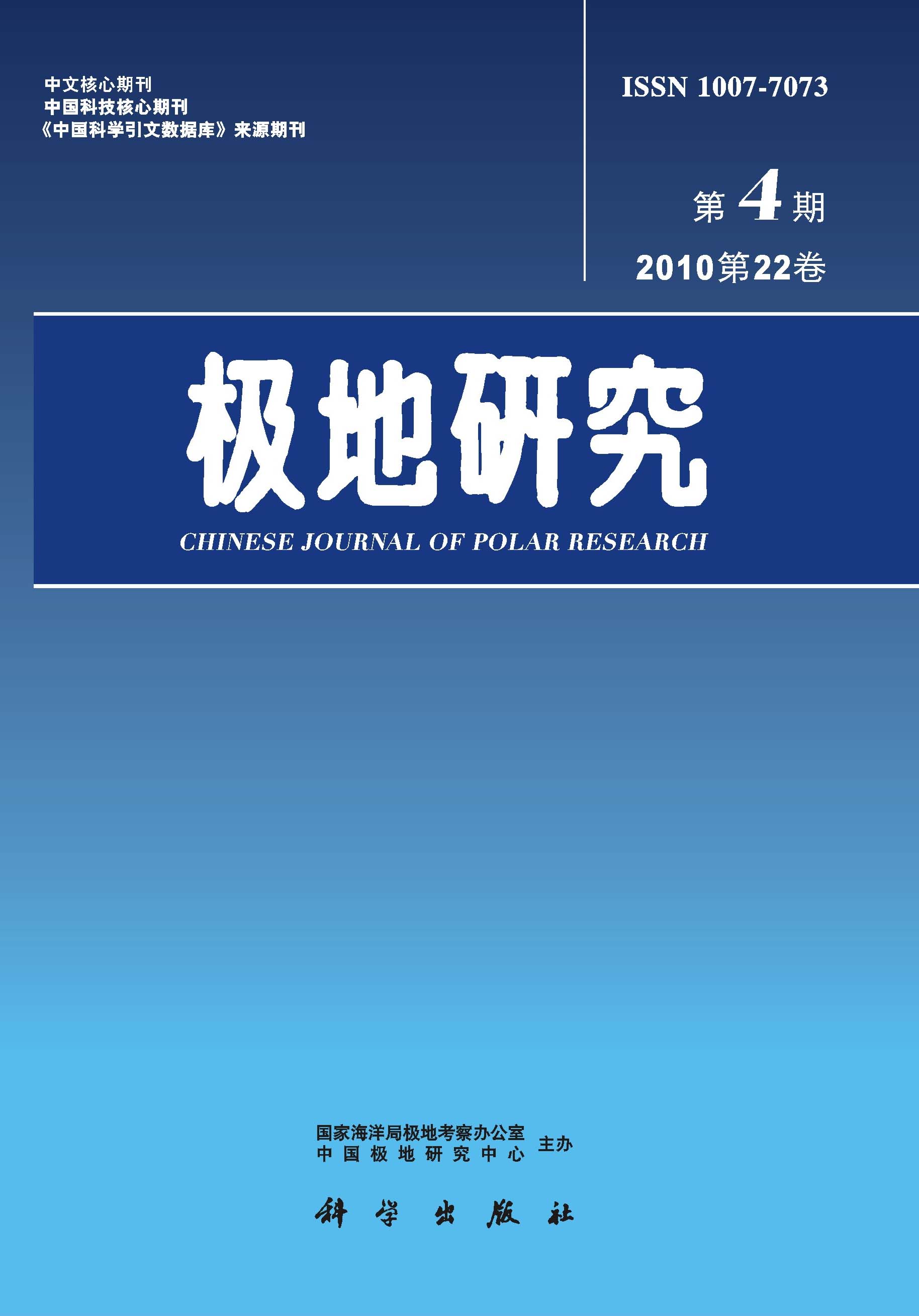WT5BZ]During the austral summer of 1999/2000 (CHINARE 16), the seawater temperature, salinity, nutrients, potential primary productivity and chlorophyll a of phytoplankton in the surface water were observed. That was a large scale sea area encircling the Southern Indian Ocean, Prydz Bay, the Southern Atlantic Ocean and the Drake Passage. The results showed that there was marked spatial feature in the sea areas surveyed. In the Antarctic surface water, temperature was lower, the nutrients and chlorophyll a were higher than the Subantarctic water and Subtropical water. The chlorophyll a were (1.77±1.48), (1.40±0.14), (0.21±0.09)μg·dm -3 in the Antarctic, Subantarctic and Subtropical surface water, separately. In the Antarctic water, the Southern Atlantic Ocean is the most fertile, where chlorophyll a concentration and potential primary productivity were more than those in the Drake Passage and the Southern Indian Ocean. Because the temperature rose, floe ice melted and ice algae were released into the seawater, the biological parameters observed from the Great Wall Bay to the Prydz Bay at austral summer were higher than that from the Prydz Bay to the Great Wall Bay at early summer. It is still a sea area with high biomass and high productivity in the Southern Atlantic Ocean according to the result observed during CHINARE VI, IX; the value of primary productivity from the Great Wall Bay to Prydz Bay and chlorophyll a in the Southern Indian Ocean in 1999/2000 were obviously higher than that in former years, this might relate to that the survey stations were in the high latitude region and some stations lied in the polynya. [WT5HZ]

